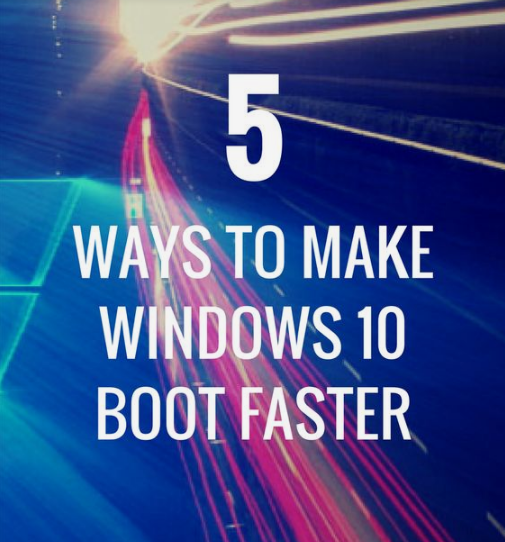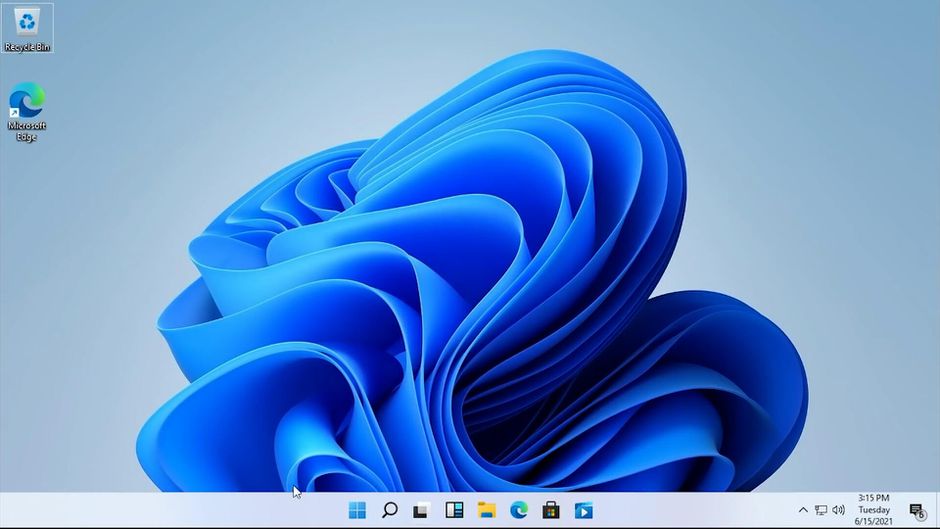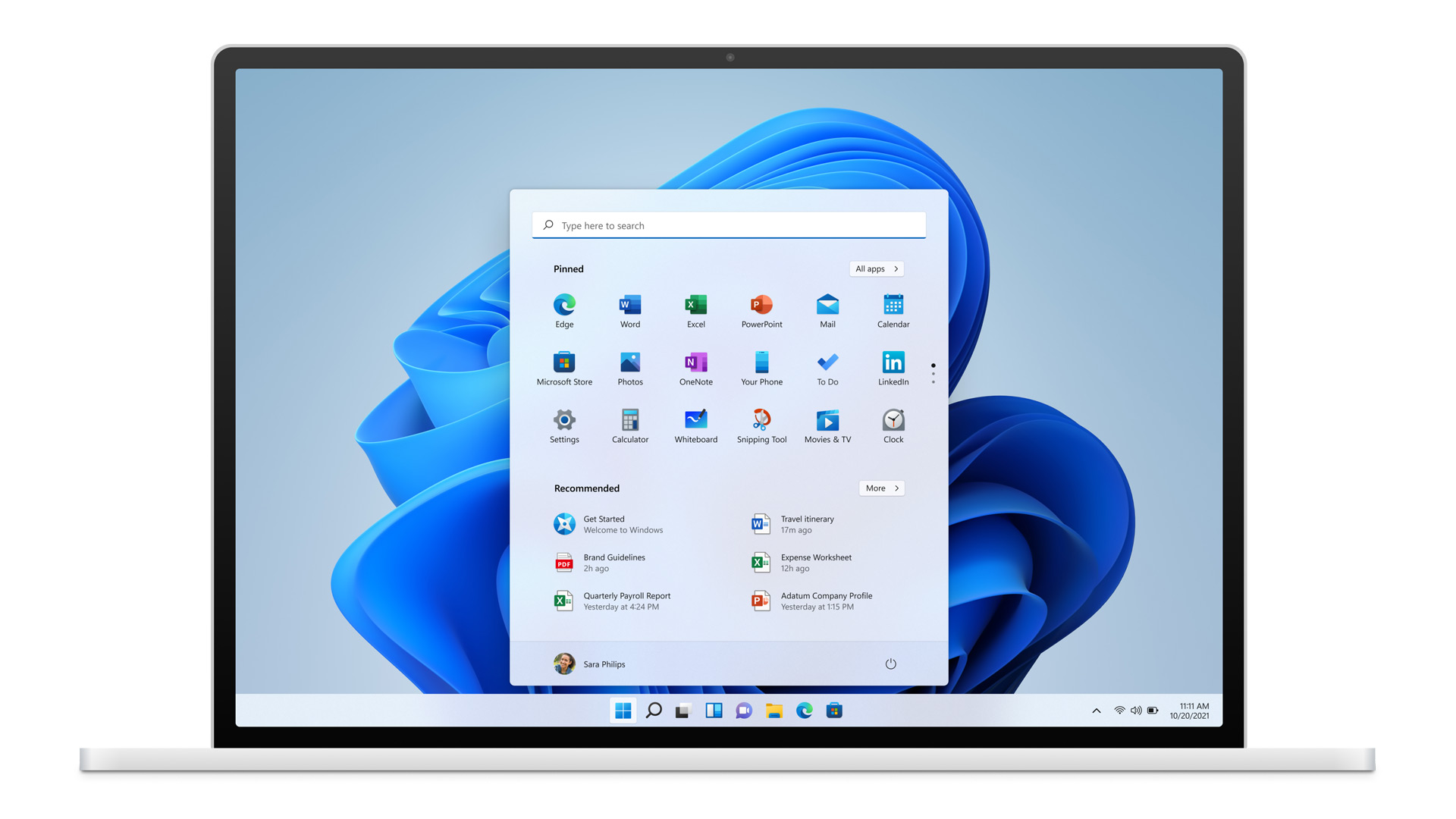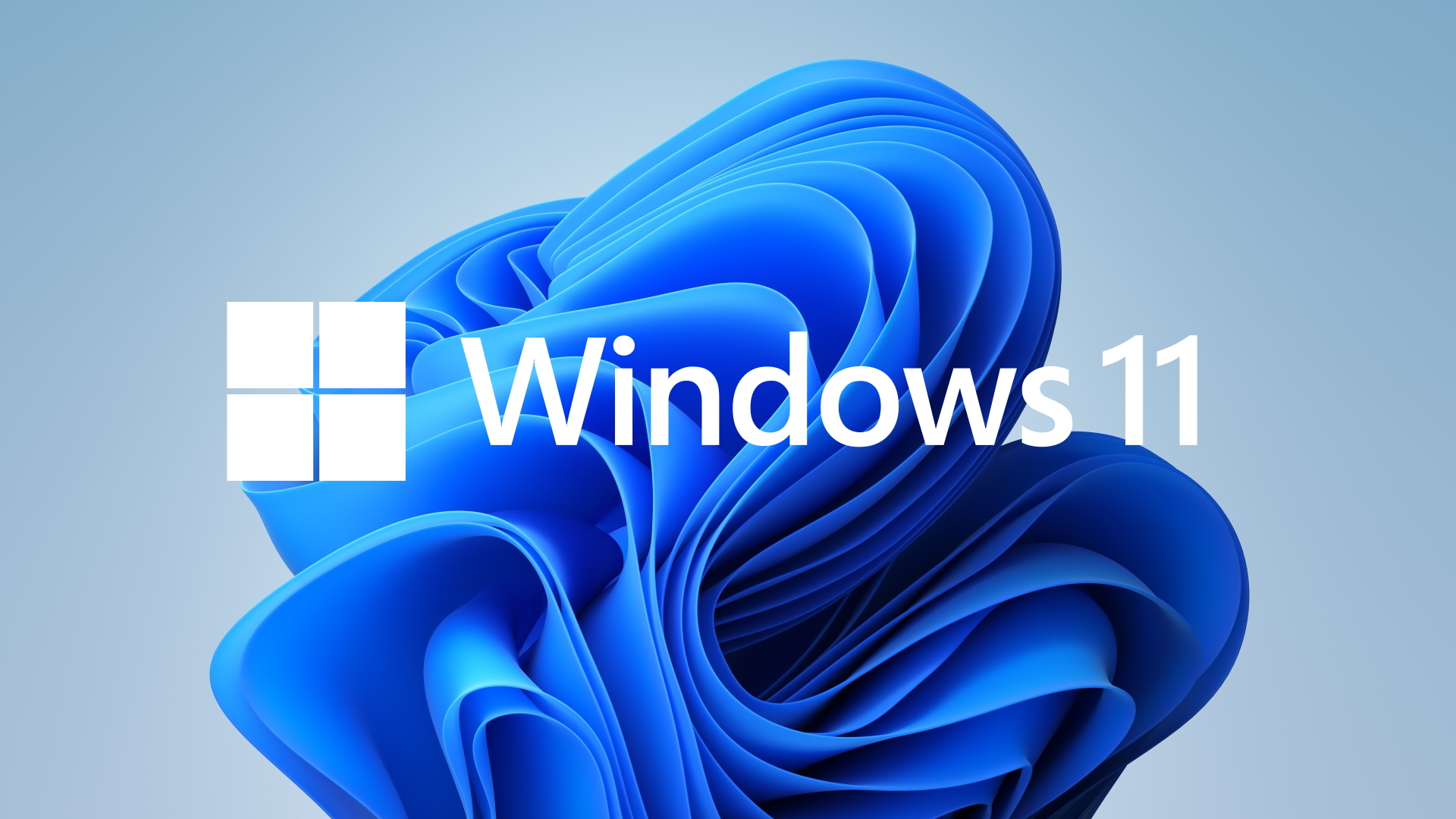The most disappointing Windows problem is slow startup. When Windows takes forever to boot, you’ll dread turning on or rebooting your computer.
Fortunately, slow booting is a solvable issue. We’ll show you the most common fixes for slow startup problems in Windows 10.
1. Disable Fast Startup
One of the most problematic settings that causes slow boot times in Windows 10 is the fast startup option. This is enabled by default, and is supposed to reduce startup time by pre-loading some boot information before your PC shuts off. (Note that while it applies to shutting down, restarting your computer isn’t affected by this feature.)
While the name sounds promising, it causes issues for a lot of people. Thus, it’s the first step you should try when you have slow boot problems.
To disable it, open Settings and browse to System > Power & sleep. On the right side of this screen, click Additional power settings to open the Power Options menu in the Control Panel.
Here, click Choose what the power buttons do on the left sidebar. You’ll need to provide administrator permission to change the settings on this page, so click the text at the top of the screen that reads Change settings that are currently unavailable.
Currently, untick Turn on fast startup (recommended), followed by Save Changes to disable this setting.
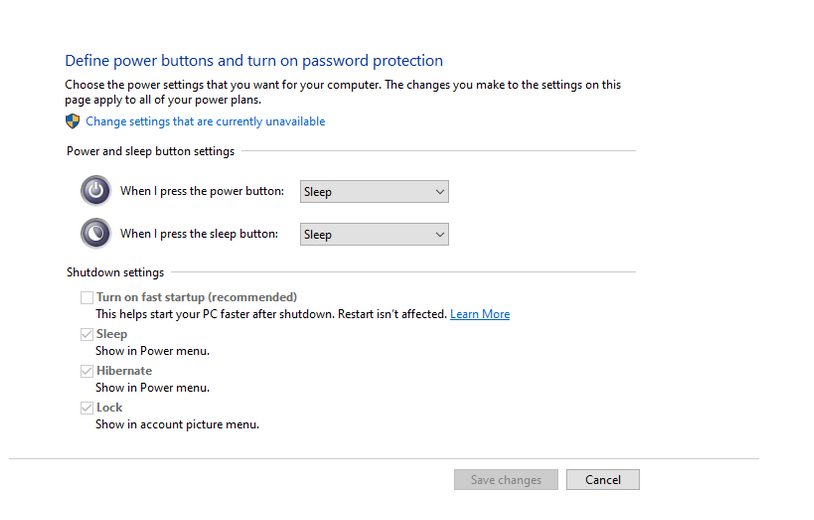
Provided you can’t find fast startup over here, you don’t have hibernation enabled and thus it won’t show up. To enable hibernation, open an administrator Command Prompt or PowerShell window. You can do this by right-clicking on the Start button or hitting Win + X and choosing Command Prompt (Admin) or Windows PowerShell (Admin).
2. Adjust Paging File Settings
Virtual memory is the name for a feature where Windows dedicates part of your storage drive as pretend RAM—this section is called the paging file. With more RAM, you are able to have more tasks running on your system at once. So if Windows is close to maxing out actual RAM, it dips into virtual memory.
Some of people may have found that Windows 10 is able to change virtual memory settings on its own, causing boot issues. You should thus have a look at your virtual memory settings and see if you can change them to fix the slow boot problem.
In order to do this, type Performance into the Start Menu and choose the Adjust the appearance and performance of Windows.
Under the Advanced tab, you’ll see the size of the paging file; click Change to edit it.
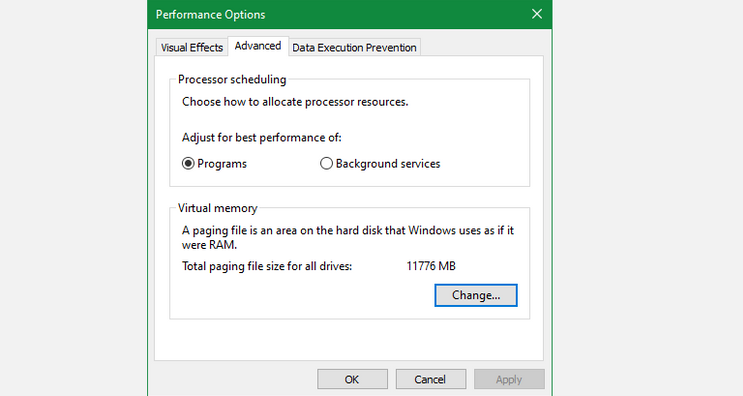
On the result window, what’s important is at the bottom. You’ll see a Recommended amount of memory and a Currently Allocated number. Some users having this issue find that their current allocation is way over the recommended number.
If yours looks off in the same method, uncheck Automatically manage paging file size for all drives to make changes. Then choose Custom Size and set the Initial Size and Maximum Size to the recommended values below.
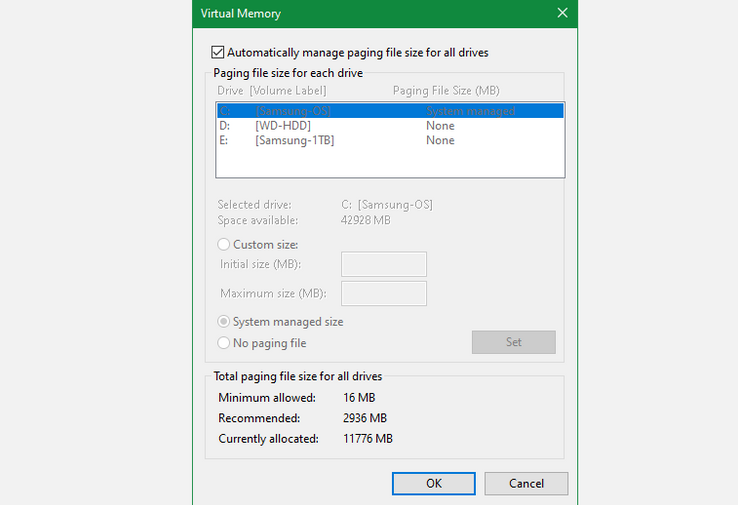
Restart, and your startup times should be refined.
3. Turn Off the Linux Subsystem
Windows 10 offers a full Linux terminal in addition to the classic Command Prompt. This is exciting for developers, but it might also the culprit of your boot issues.
This feature isn’t turned on by default. So if you don’t know what Bash is, you probably don’t need to try this step, as you would know if you had turned it on.
To turn off the Linux shell, type Windows features into the Start Menu to open the Turn Windows features on or off menu. Scroll down to Windows Subsystem for Linux, uncheck it, and restart.
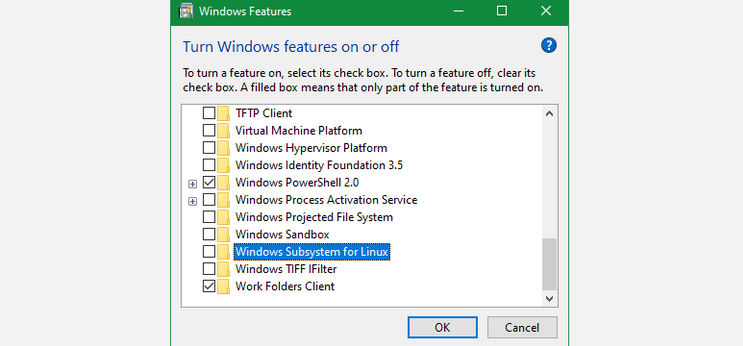
If this fixes your slow startup problems but you still need the Bash interface, try the new Windows terminal for another option.
4. Update Graphics Drivers
Windows 10 is known to mess with drivers, unfortunately. Updating your graphics card drivers can sometimes fixe boot issues, so you should give that a look next.
Open the Device Manager by right-clicking on the Start button (or hitting Win + X) and choosing Device Manager. Navigate to Display adapters to see which graphics card you’re using.
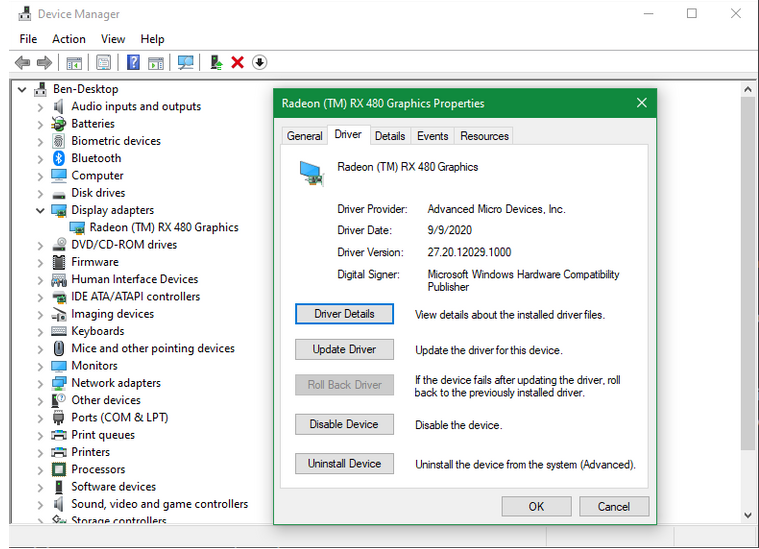
You could usually open the corresponding seller software on your computer to verify for graphics updates. Provided you don’t have the software, you’ll need to navigate to the vendor’s website (or your laptop manufacturer’s website, if you’re using integrated graphics on a laptop) to check for driver updates.
Install any new editions available, restart, then see if your boot times speed up.
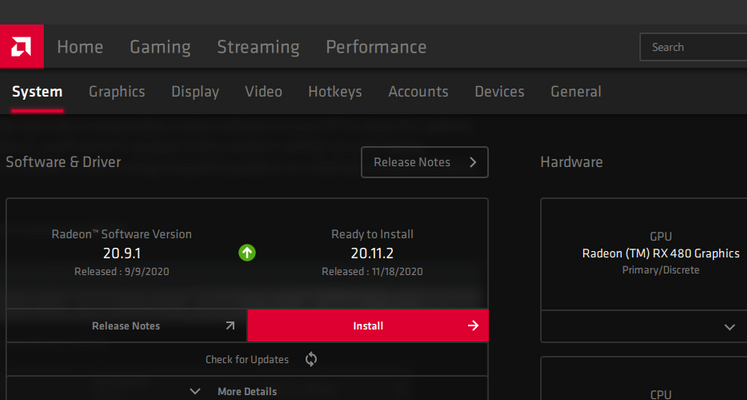
5. To Remove Some Startup Programs

Maybe your slow startup time is not caused by the problems we have mentioned above. If you experience slowness between logging in and actually getting to use your computer, too many programs running at startup could be the culprit.
Plenty of software sets itself to automatically run at startup when you install or update it. If you have dozens of apps loading as soon as you log in, this can really bog your system down. Follow our guide to removing very heavy startup programs and see whether unloading a few makes a big difference.

